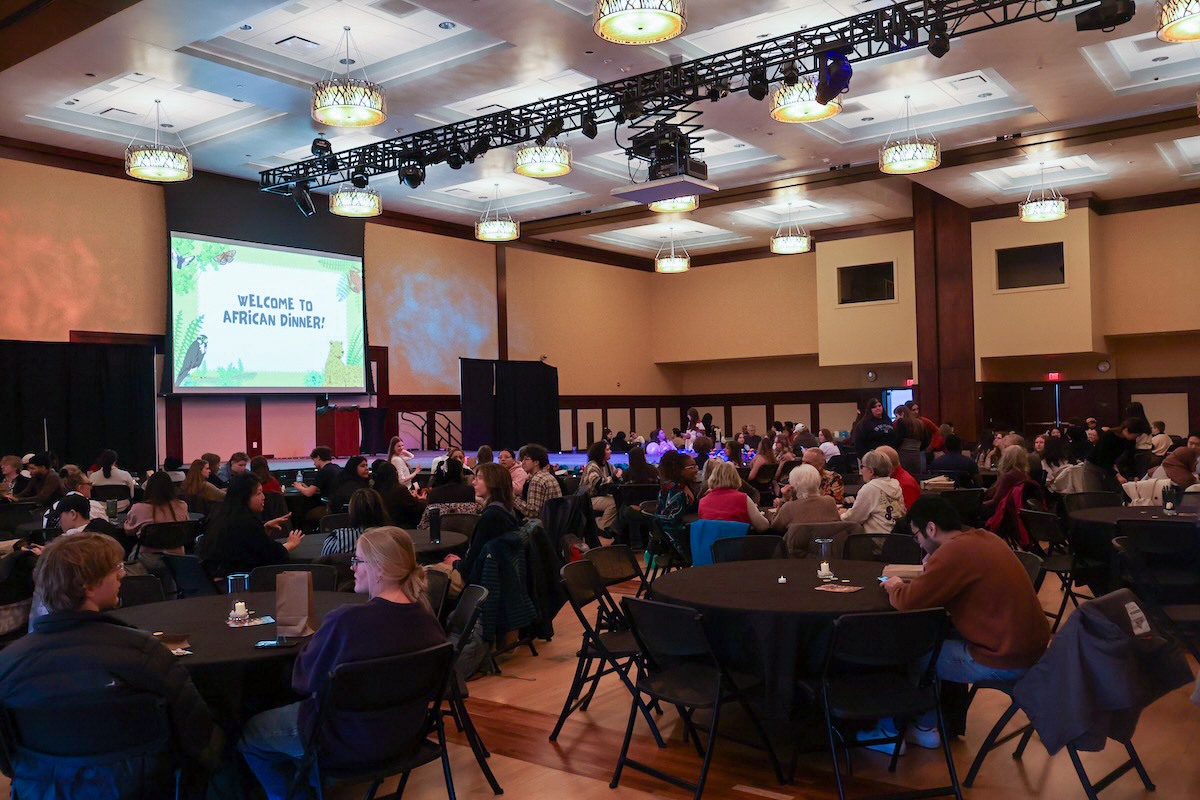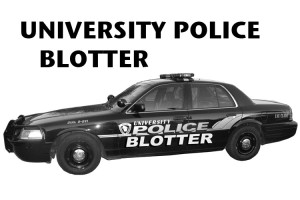Coffee grounds, apple peels, carrot ends, coconut coir, shredded newspaper, and dirt: Those are some of the ingredients for a first-rate worm buffet. That buffet is where the magic of vermiculture composting, or vermicompost, begins.
The hungry worms eat away at this layered parfait. In return for taking table scraps off the owners’ hands, the worms leave castings, or worm poop. People can use the castings as organic fertilizer in house plants, vegetable gardens and planting beds.
UW-Eau Claire’s Chancellors Hall sports one of only a handful of vermiculture composts on college campuses in the United States. The Student Office of Sustainability Director Brittany Whited said Eau Claire based its vermicompost on Harvard University’s program, but Eau Claire’s program is more extensive and organized.
There are only nine other campuses with vermicompost in the country, most of which are on the East or West coasts. Three colleges in the Midwest installed vermicompost programs, including Luther College (Iowa), Macalaster College (Minn.) and St. Louis University (Mo.), according to the Association for the Advancement of Sustainability in Higher Education website.
There were challenges and concerns associated with the worm compost. The biggest challenge was working with the different groups involved, talking and collaborating with everyone, said Kate Hartsel, the housing sustainability coordinator.
Hartsel said the biggest concerns raised by residents and housing faculty were the possibilities of smell, vermin and insects. Out of those concerns, only a few fruit flies appeared, Hartsel said.
There are 17 apartments on the second floor of Chancellors hall. So far, nine of those apartments are program participants.
“A few of the people who didn’t attend the workshop have reached out to me and asked for buckets,” Chancellors resident assistant Johanna Conrad said.
Hartsel hired Bailey Kramer to be the eco representative for this project. Hartsel calls Kramer the “worm wrangler.” Kramer had no experience with vermicompost before starting this project, but she said the project is going well.
“They don’t stink,” Kramer said as she opened the lids to the worm bins.
Each apartment that participates in the program gets its own small bucket. Those buckets get dumped into larger buckets, which are next to the garbage bins at either end of the hall. The only negative so far is that residents cannot add orange peels to the vermicompost, Conrad said. The acidity is unsuitable for the process.
The bins themselves where the worms do the work take almost no space — less than five square feet. Kramer tucked the bins into a corner of a basement utilities closet.
Though the program has only just started, all involved feel it is going well. The hope is that if the second floor pilot project is successful, it can be expanded to the other floors of Chancellors.
“That’s how I’ll know I’m doing it wrong,” Kramer said. “They’ll start to stink.”








